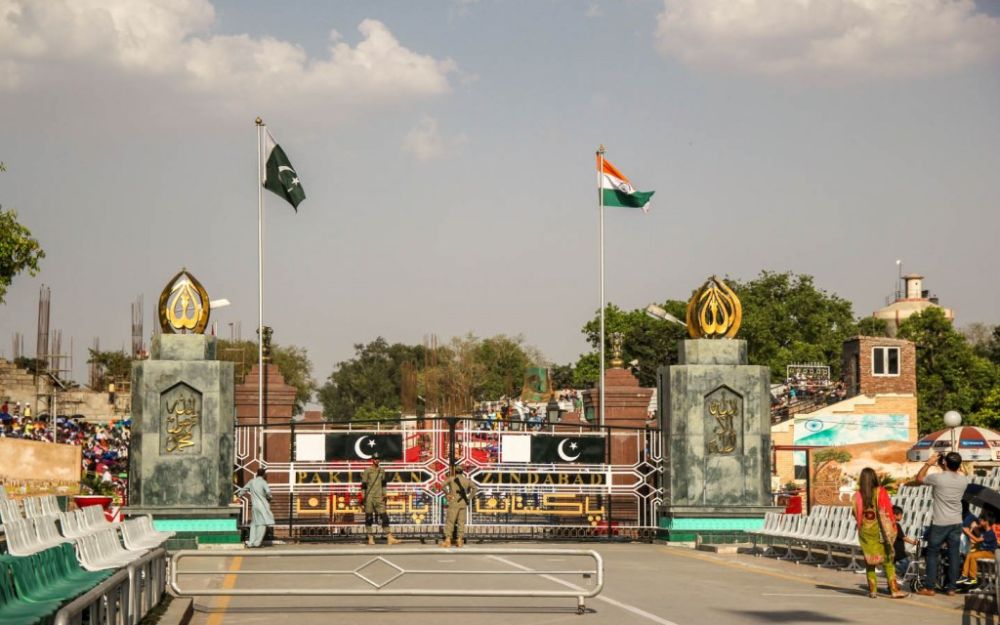

The Wagah Border is a notable landmark located near Lahore, Pakistan, which divides Pakistan and India. It serves as the only road crossing between these two nations and has been a point of both contention and cooperation over the years. The site, known for its elaborate border closing ceremony, has gradually evolved into a significant tourist attraction.
Following the partition of India in 1947, Wagah became the demarcation line between India and Pakistan. For many years, the border was merely a symbol of separation and was crossed only for limited trade and travel purposes. Tourism was not a priority in the early years, given the political climate and the sensitive nature of Indo-Pak relations.
The turning point for Wagah as a tourist spot came with the establishment of the daily flag-lowering ceremony, also known as the 'Beating Retreat' ceremony. This spectacle, involving a display of military precision and pomp, started to draw crowds from both sides of the border. By the 1990s, it had become a patriotic outing for families and individuals alike, eager to witness the elaborate drills of the border guards.
In recent years, the Wagah Border has seen infrastructure improvements to accommodate the growing influx of tourists. Visitors come to experience the electric atmosphere of the ceremony, which is heightened by music, dances, and energetic crowd participation. The grandstands on either side of the border allow spectators a clear view of the event, which culminates in a handshake between soldiers from both countries before the gates are closed.
The Wagah Border ceremony is a potent symbol of both rivalry and brotherhood, possessing a unique cultural significance. It serves as a mirror to the complex relationship between India and Pakistan while promoting a sense of national pride and unity among visitors. The event has seen a steady rise in attendance, with numbers swelling on significant national holidays.
Today, the region is well-equipped for tourism, boasting ample parking space, eateries, and souvenir shops selling patriotic memorabilia. The area is now also included in many travel itineraries and is promoted by the Pakistani government as a key patriotic tourist destination.
Despite occasional dips in attendance due to geopolitical situations or global events like the COVID-19 pandemic, the Wagah Border ceremony has remained a resilient tourist draw. There has been a noticeable trend towards an increase in domestic visitors, signaling a shift towards localized tourism against the backdrop of global travel restrictions.
With peaceful relations and collaborative efforts, tourism at Wagah Border shows potential for further growth, which could lead to greater cross-border tourism initiatives. Both governments have expressed a desire to simplify visa processes and enhance cross-border travel for cultural and economic benefits.
The Wagah Border remains one of Lahore's most iconic attractions, telling the narrative of partition, ongoing cooperation, and the undying spirits of the Pakistani and Indian peoples. Its historical significance and the visually stunning ceremony ensure that it will remain an essential spot for tourists seeking to understand the region's complex past and present.